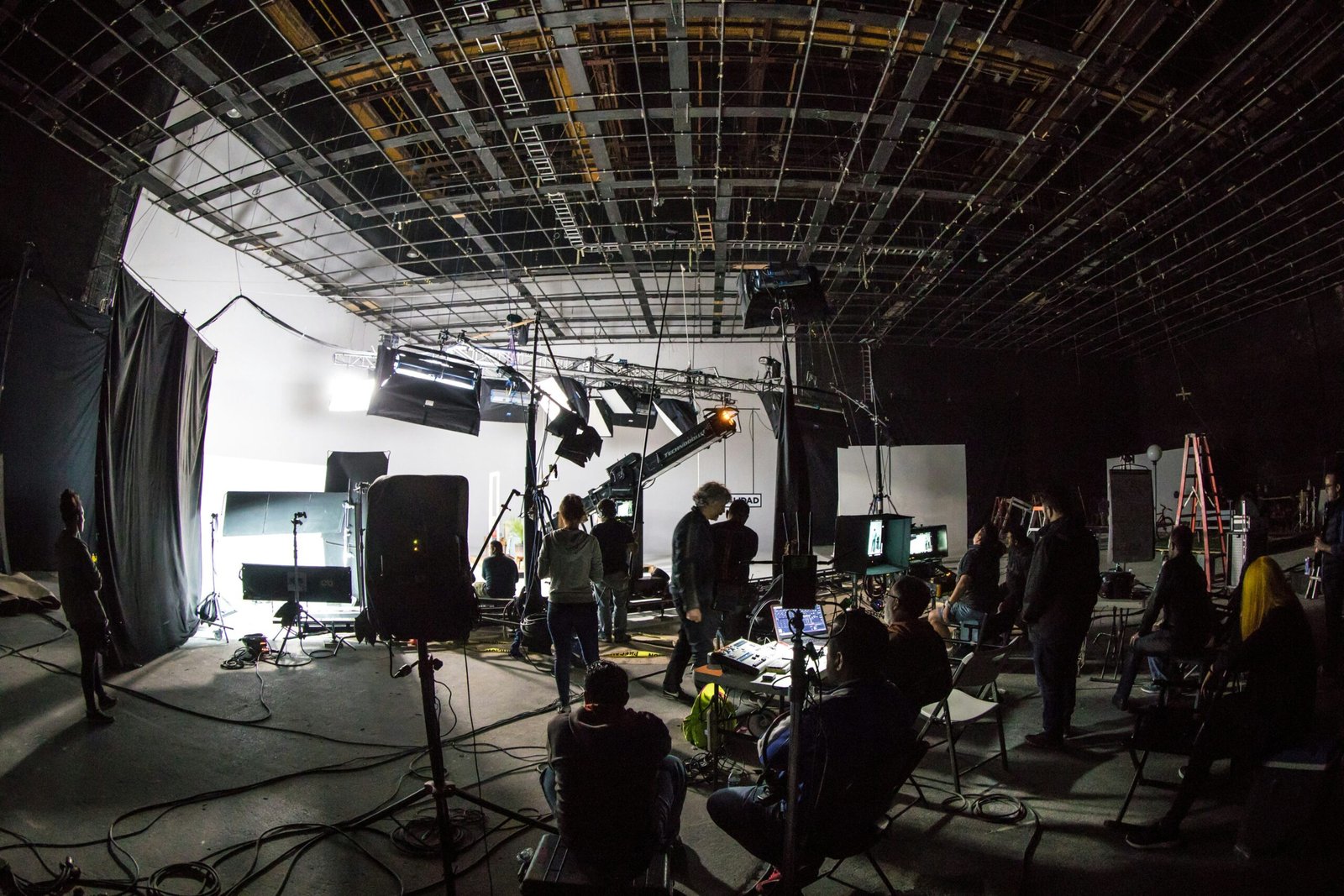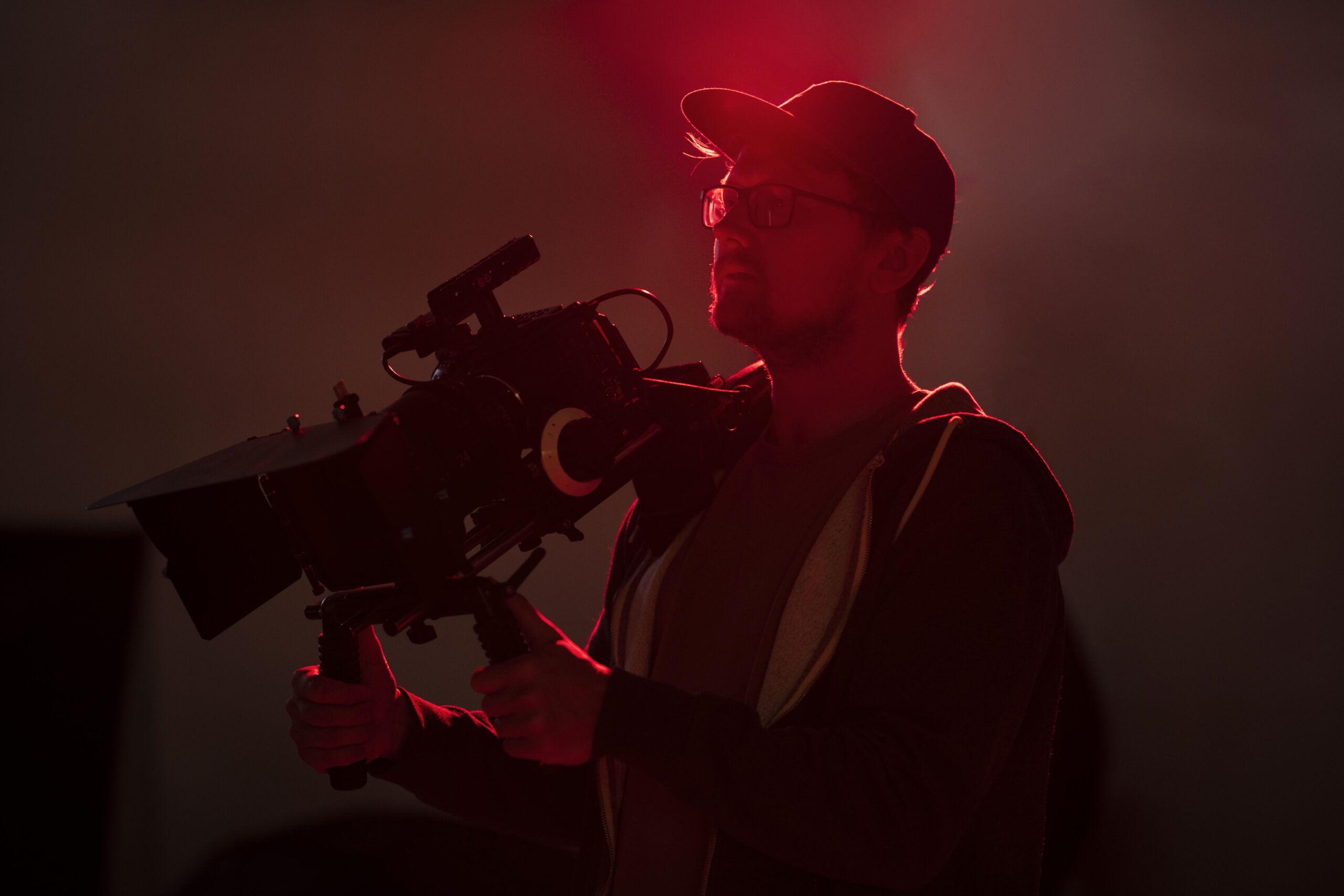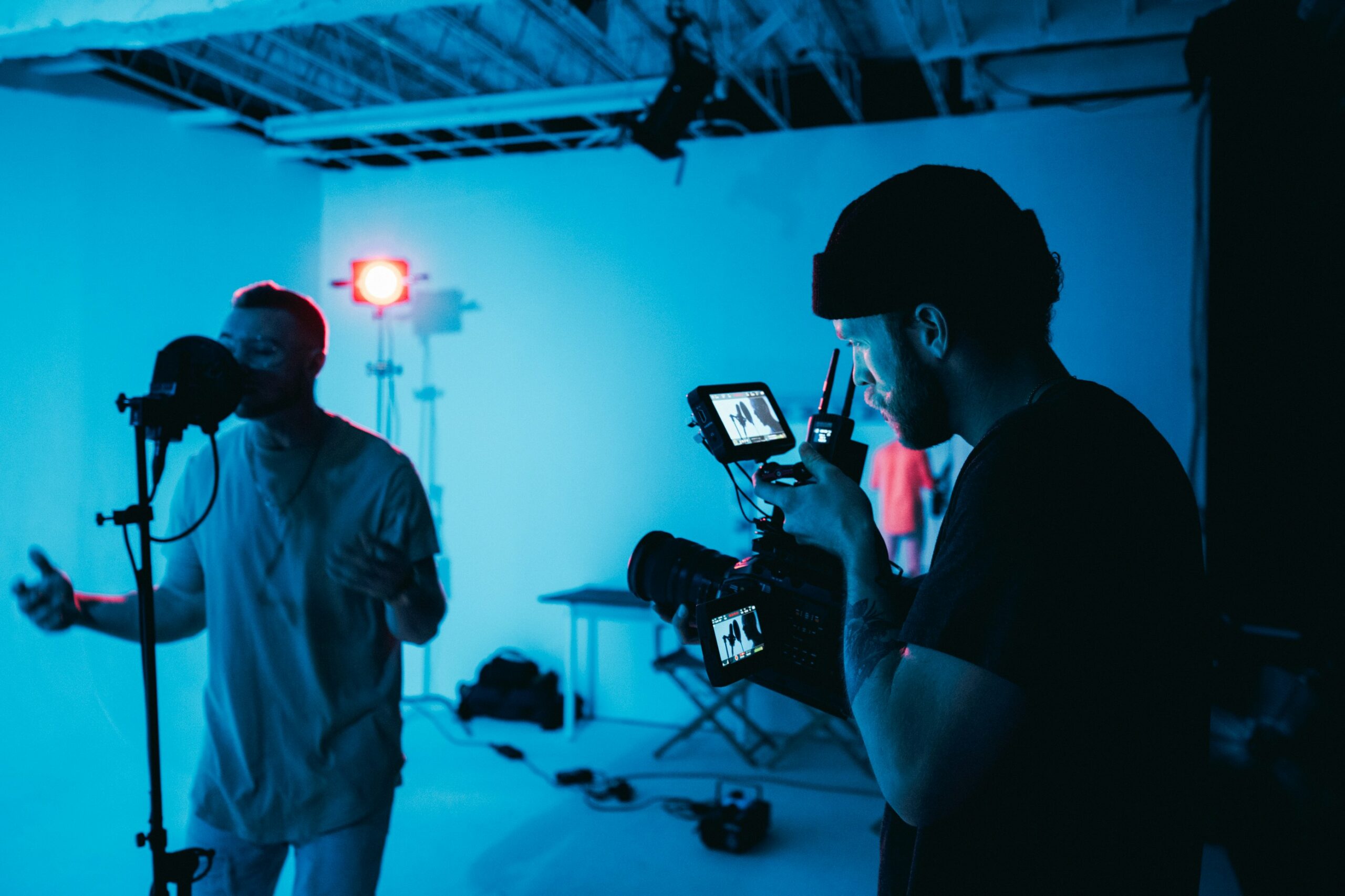The Birth of Cinema: Early Techniques and Innovations
The origins of filmmaking can be traced back to the late 19th century, a period marked by significant technological advancements that would lay the groundwork for the film industry. The invention of the motion picture camera is often credited as a pivotal moment in the evolution of cinema. Early inventors, including Thomas Edison and the Lumière brothers, played a crucial role in developing devices capable of capturing moving images. Edison’s Kinetoscope, introduced in 1891, allowed individual viewers to watch short films by peering into a box, a concept that captured the public’s imagination.
Simultaneously, the Lumière brothers, Auguste and Louis, made monumental contributions with their invention of the Cinématographe in 1895, which not only recorded films but also projected them for large audiences. This innovation marked the transition from private to public film viewing, paving the way for cinema as a communal experience. Their short films, such as “Workers Leaving the Lumière Factory,” showcased everyday life, establishing a foundation for documentary filmmaking.
Another significant advancement came with the introduction of early film stock, which enabled filmmakers to create longer narratives and more intricate scenes. Prior to this development, films were often limited to just a few moments, as the technology to produce extended footage was lacking. The refinement of film stock also contributed to the silent film movement that dominated the early 20th century. Silent films, characterized by their lack of synchronized sound, relied heavily on visual storytelling, expressive acting, and intertitles to convey dialogue and narration.
Figures such as Georges Méliès expanded the boundaries of early cinema by introducing fantasy and narrative elements into films. His work in the 1900s, particularly the iconic “A Trip to the Moon,” showcased cinematic techniques like stop motion and special effects that transformed filmmaking into a magical experience. These pioneers not only pushed the limits of technology but also set a standard for storytelling that continues to influence filmmakers to this day, marking a transformative era in the history of film production.
The Golden Age of Hollywood: Studio Systems and Mass Production
The Golden Age of Hollywood marks a significant chapter in the annals of film production, extending primarily from the 1920s to the 1960s. During this period, the film industry witnessed the emergence of a studio system that radically transformed filmmaking practices. Major studios, such as MGM, Warner Bros., and Paramount Pictures, gained considerable control over all facets of production. This control encompassed casting, script development, and even the distribution of finished films, resulting in a formulaic approach to filmmaking aimed at maximizing profitability.
The studio system was characterized by long-term contracts with actors, directors, and writers, which not only ensured a steady pipeline of talent but also stifled individual artistic expression. Iconic filmmakers like Frank Capra and Alfred Hitchcock rose to prominence during this time, producing works that have since become cinematic milestones. Many of these directors were adept at maneuvering within the constraints of the system while still delivering innovative storytelling and technical advancements, such as the integration of sound and the transition to color technology.
The cultural impact of this era was profound, as films began to serve not only as entertainment but also as reflections of the societal norms and aspirations of the American populace. The introduction of synchronized sound technology in the late 1920s revolutionized filmmaking, allowing for richer narrative techniques and more engaging performances. Furthermore, the advent of Technicolor in the 1930s added a new visual dimension to storytelling, attracting wider audiences to theaters. Economically, the success of film studios during this period fueled both local and national economies, contributing to the establishment of Hollywood as a global entertainment powerhouse.
In conclusion, the Golden Age of Hollywood encapsulates a transformative period marked by the dominance of studio systems and mass production techniques. The innovations in film technology and storytelling during this era have left an indelible mark on the film industry, laying the groundwork for subsequent developments in filmmaking practices.
Technological Advancements: The Shift to Digital Filmmaking
The late 20th and early 21st centuries marked a pivotal moment in film production, characterized by rapid technological advancements that fundamentally transformed the filmmaking landscape. One of the most significant changes within this period was the transition from analog to digital cinematography. Previously, filmmakers relied heavily on film stock, which had inherent limitations in terms of cost, accessibility, and processing time. The advent of digital cameras streamlined the production process, allowing for immediate playback and eliminating the logistical challenges associated with physical film processing.
As digital filmmaking gained prominence, computer-generated imagery (CGI) emerged as a revolutionary technique that enhanced visual storytelling. CGI enabled filmmakers to create stunning visual effects and intricate animations that were previously unattainable, pushing the boundaries of creativity. Major blockbusters began to heavily incorporate CGI, showcasing its potential to transport audiences to fantastical worlds and settings that existed solely in the imagination of filmmakers. This innovation not only enriched narrative depth but also set a new standard for visual effects across the industry.
Furthermore, editing software underwent significant advancements during this time, shifting the dynamics of post-production. Software like Adobe Premiere Pro and Final Cut Pro democratized the editing process, allowing both seasoned professionals and independent filmmakers to craft high-quality films without the need for extensive studio resources. The accessibility of digital editing tools has empowered a diverse range of filmmakers to bring their unique visions to life, thereby enriching the film industry with fresh perspectives and original content.
Overall, these technological advancements have not only transformed the aesthetic and practical aspects of filmmaking but have also democratized the process, enabling more voices to be heard in the cinematic landscape. The shift towards digital filmmaking has redefined what is possible, ultimately shaping the future of how films are produced, edited, and experienced.
The Future of Film Production: Trends and Predictions
The film production landscape is poised for transformative changes influenced by various emerging trends that are reshaping audience engagement and storytelling techniques. Streaming services have become a primary distribution channel, altering how films are made and consumed. These platforms, including giants like Netflix and Amazon Prime, have shifted audience expectations, as viewers now anticipate diverse content that is accessible at their convenience. This evolution has led to an increase in content production, encouraging filmmakers to explore unconventional narratives and shorter formats that cater to modern viewing habits.
Moreover, the integration of virtual reality (VR) technology is revolutionizing the immersive experience of film. Filmmakers are now able to create multi-dimensional narratives that engage audiences more interactively than traditional films. By allowing viewers to step into a story rather than merely observe it, VR is setting new standards in audience engagement. This development presents unique opportunities for storytellers to experiment with perspectives and character interactions, ultimately enhancing emotional connections.
Another significant trend is the rise of interactive storytelling, positioning the audience as active participants in the narrative structure. This concept empowers viewers to make decisions that affect plot outcomes, creating personalized viewing experiences. As technology advances, it is anticipated that filmmakers will increasingly utilize this model, blurring the lines between traditional film and gaming. The potential for storytelling is vast, enabling creators to engage with diverse audiences in innovative ways.
Looking ahead, global distribution will also play a critical role in film production. With advancements in technology, filmmakers will have the opportunity to reach broader audiences across different regions, enhancing cultural exchange and collaboration in storytelling. As the next decade unfolds, filmmakers must adapt to these trends, leveraging technology to create compelling narratives that resonate with an evolving audience demographic. The future of film production promises exciting possibilities, and industry professionals must remain agile and innovative to keep pace with these changes.









No Comments